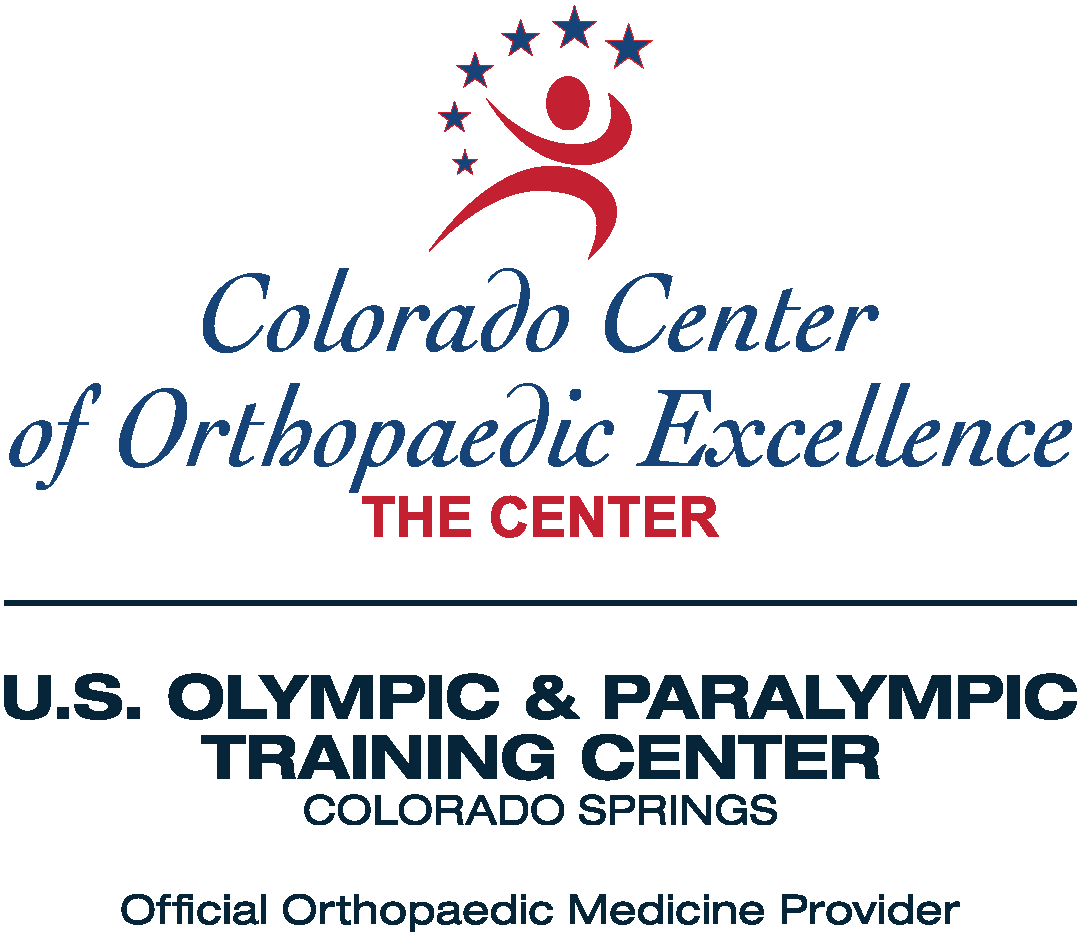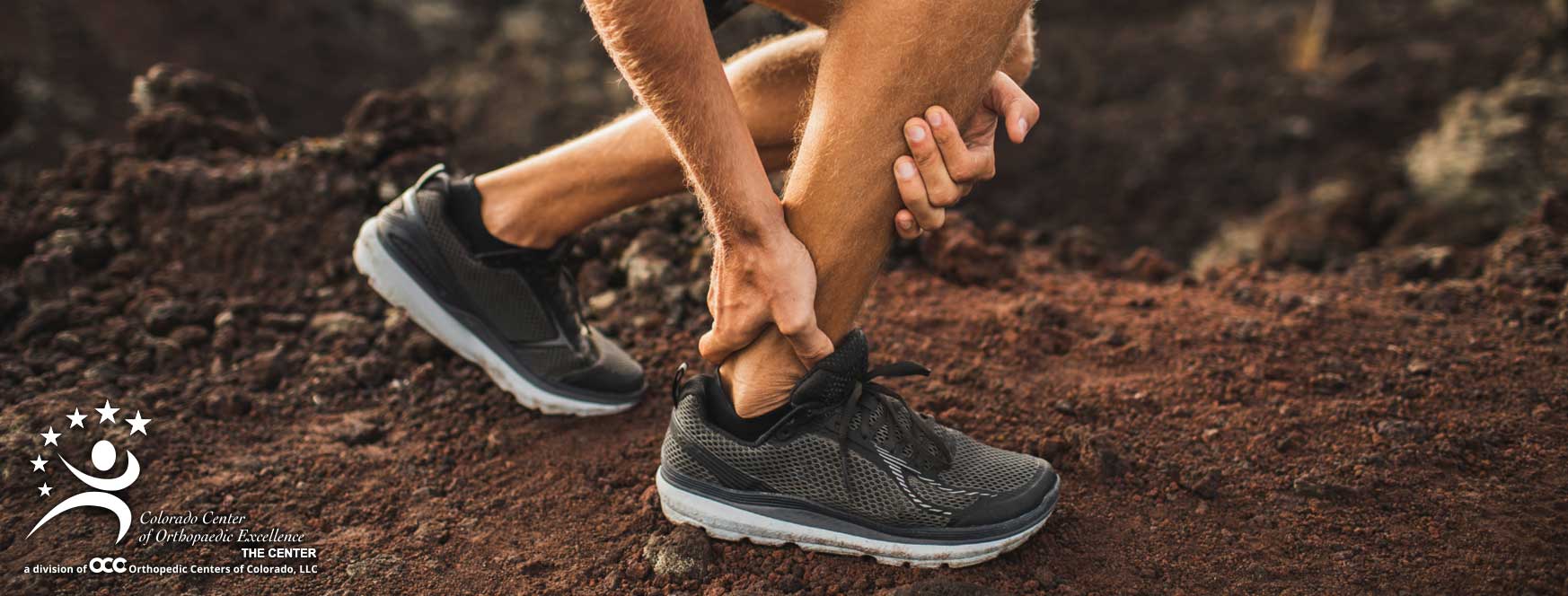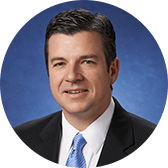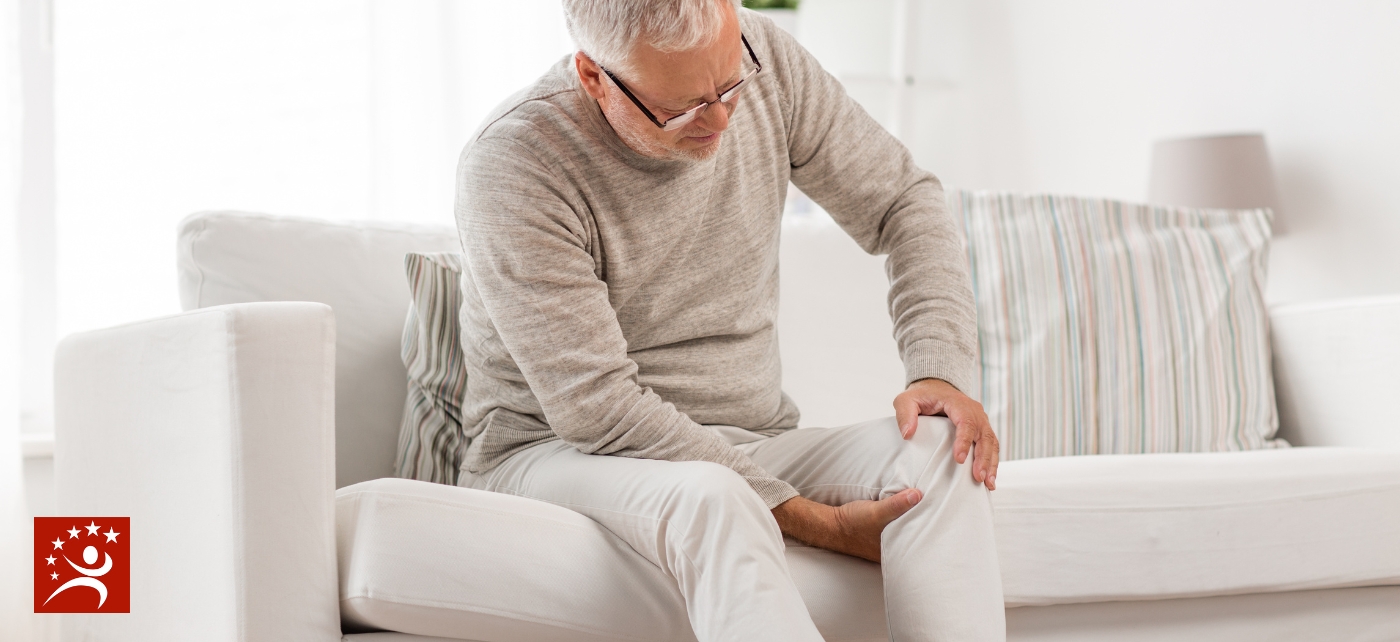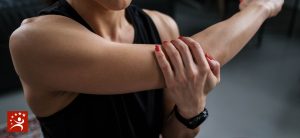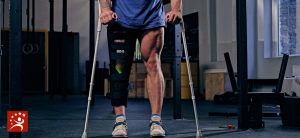Achilles injuries can happen to anyone. You don’t have to be executing high-performance sports movements to experience pain. Repetitive motions from daily activity can lead to Achilles pain, strain or tears, including Achilles tendonitis.
As one of the body’s strongest tendons, the Achilles tendon allows you to lift yourself onto your tiptoes, powers explosive running starts and makes a full range of foot motion possible. And although the Achilles is very strong, overuse or overextended motions can strain the Achilles, or worse, lead to rupture.
Tendonitis, or tendon inflammation, is frequently a byproduct of repetitive motions and overuse. These repetitive motions may include sports movements such as tennis or basketball, but they could also result from daily activities that cause repetitive body movements. These repetitive acts stress the tendon and lead to tissue irritation and the tendon becomes inflamed. Tendonitis can also be traced to a physical abnormality or existing medical condition. If not addressed, tendonitis can cause the Achilles to deteriorate and result in further damage.
Prevention is the first line of defense in Achilles injuries.
Tame your inner warrior: One of the most common categories of Achilles injuries are those experienced by weekend warriors who put their bodies through rigorous motions that do not match their fitness or performance level. Moderating your activity level to match your fitness level can reduce muscle and tendon strain to avoid injury.
Slow and steady: Ease into higher levels of activity that match your body’s fitness. Avoid high stress/high force movements that are new to you and limit the number of repetitions as your muscles are getting used to the activity level.
Good health is good defense: Increasing your physical fitness is another key to prevention. Achilles injuries are more likely in individuals with a high Body Mass Index and, limited conditioning and people over 40.
Stand tall: Your body and its movements are linked together. When movement and motion occur freely and naturally, it performs well. However, when the natural movement is impeded, strain occurs. Things such as incorrect posture strain the body’s muscles and tendons from performing as they are intended.
Listen to your body: If you’re feeling sore or feel like an exercise or a move is too much, don’t ignore the warning signs your body is trying to send you. Back off your intensity when you need to.
Recognize the warning signs of Achilles tendonitis
Achilles tendonitis generally presents with pain at the site, rather than referred pain. The pain may be gradual or sudden. If you are experiencing aching or discomfort in the back of your heel, doctors typically recommend that you stop the pain-causing activity and implement RICE (Rest, Ice, Compression and Elevate) as a first step. By altering your activity, the underlying inflammation that produces the tendonitis will frequently resolve. Ceasing the repetitive motion allows the tendon to rest, and icing the area will help reduce inflammation. By following these simple steps, the impact of Achilles tendonitis can be greatly reduced.
Seek medical advice to avoid further injury.
Although RICE is a great tool to combat Achilles tendonitis, if pain or discomfort persists after limiting your activity, a medical evaluation can help identify the extent of the problem and which treatment path is best for you. Imaging will help your physician assess any tendon damage. The extent of the damage will determine treatment options. Conservative treatments such as medications to target inflammation, or orthotics to reduce strain are frequently employed. Physical therapy may also be used. If tendonitis persists for several months or your condition deteriorates, surgical procedures may be considered to treat the damaged tendon tissue.
Recovery times for Achilles tendonitis vary by condition and treatment. Recoveries can take several weeks or several months. If casting is required, the recovery may be longer.
Early diagnosis and treatment of Achilles tendonitis is important. By acting quickly, you can limit further damage to the inflamed tissue as well as reduce the risk of further impact on your body.
The CCOE team can help you identify what treatment is right to heal Achilles tendonitis. Fellowship-trained foot and ankle specialist Dr. John Shank offers nonsurgical and surgical treatments of foot and ankle conditions, utilizing the most innovative and minimally invasive methods possible.
